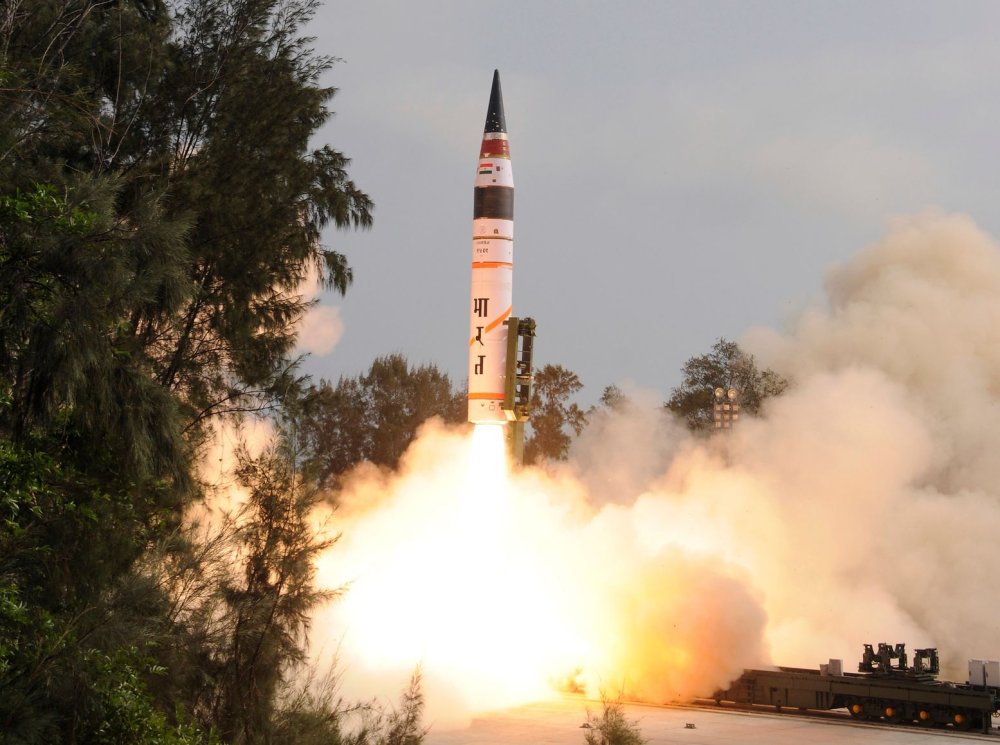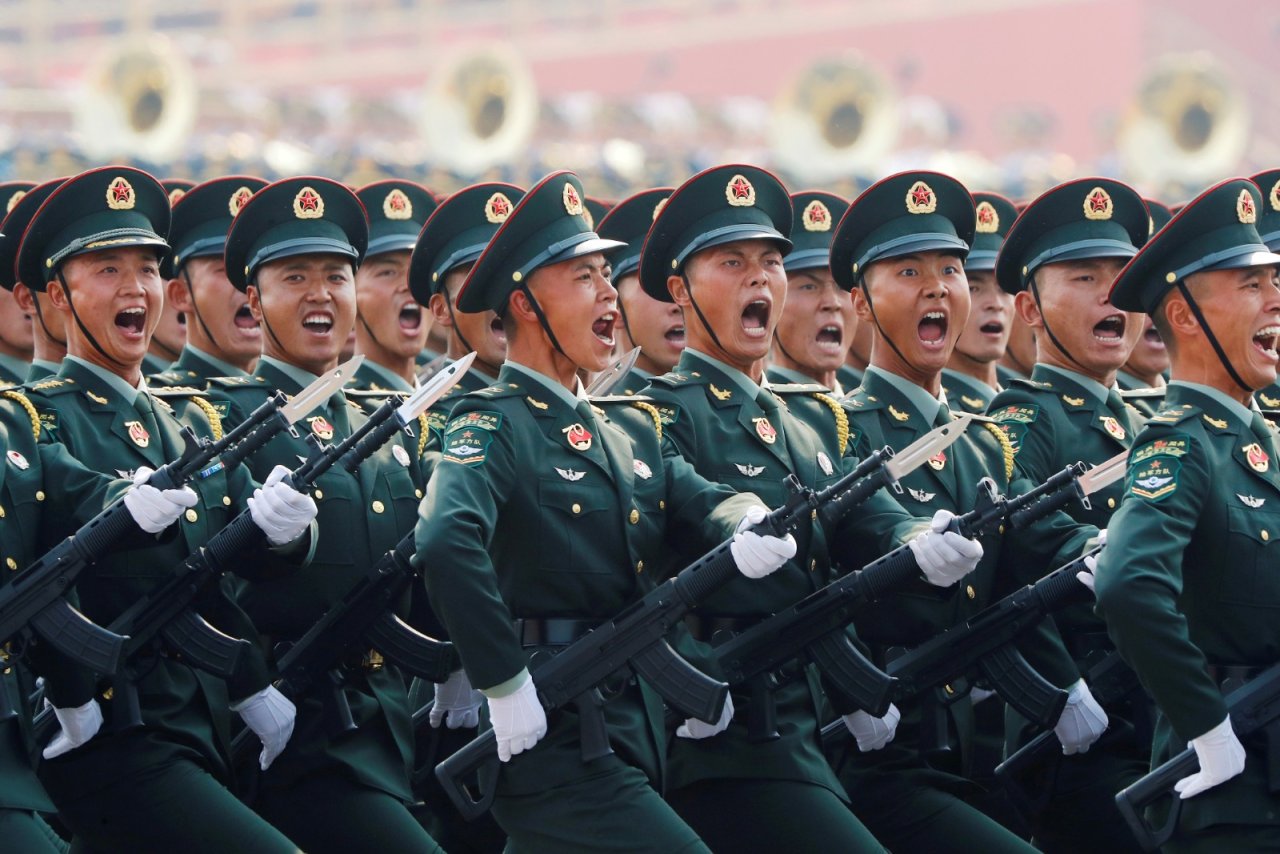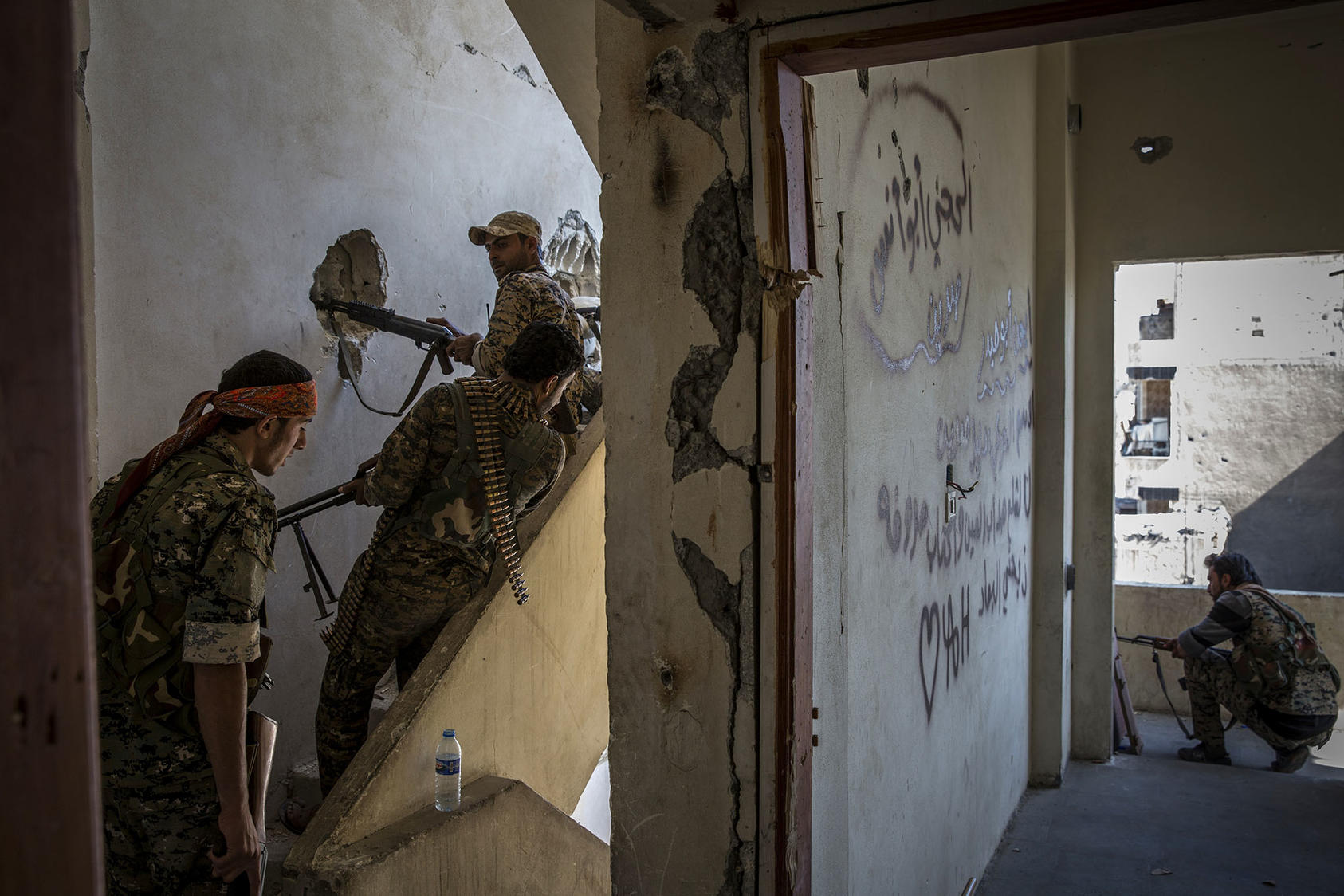By Robert Farley
 In what ways will India’s capabilities benefit the strategic interests of the United States and its allies and partners?
In what ways will India’s capabilities benefit the strategic interests of the United States and its allies and partners?
A new report from the Center for New American Security (CNAS) details shifts in the balance of military power between India and China, and calls into question whether India is prepared to play the role that U.S. strategists seem wont to assign it. Daniel Kliman, Iskander Rehman, Kristine Lee, and Joshua Fitt have prepared an exhaustive account of India’s military readiness and how that readiness has changed relative to China over the past two decades. As the authors note, “in 2000, India’s military outlays were 66 percent of China’s; by 2017, despite significant absolute growth in India’s defense budget, this figure had declined to 26 percent.”
As the report points out, the United States has decided (over the course of three presidential administrations) to bet heavily on the promise that India could counterbalance the growth of Chinese military power. This has included technology transfers, arms sales, and joint exercises intended to improve readiness and increase interoperability. Unfortunately for Delhi and Washington, Indian military capabilities have grown only slowly, in stark contrast to the massive modernization and expansion of the armed forces of China. The situation has developed to the point that Indian advantages in two key theaters of operations have come under risk. The authors argue that India should strive to maintain a favorable balance of forces in the Himalayas, and maintain advantages along Chinese supply lines in the Indian Ocean.



















